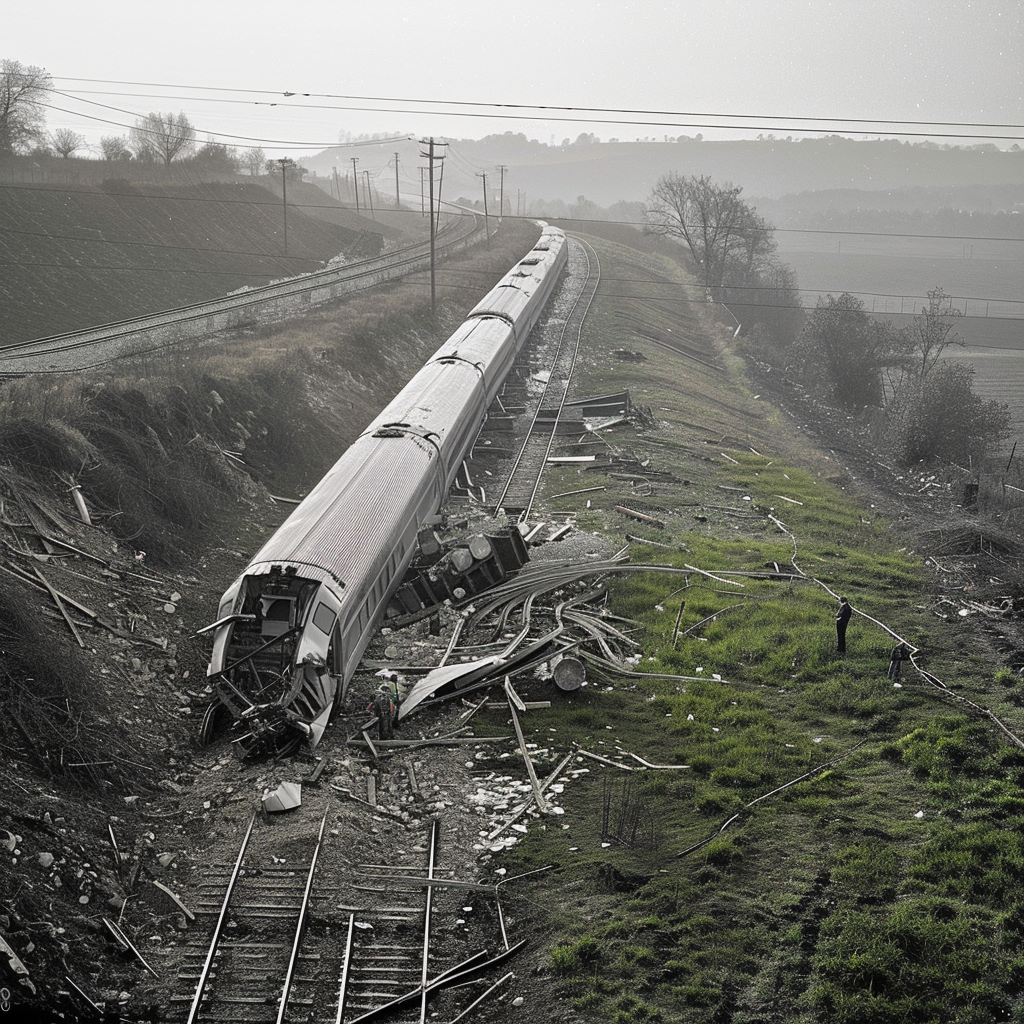In the face of increasing economic pressure light and increased scrutiny from the board and shareholders, you may be wondering if your leadership style and organizational culture need to change.
We all have images and mental models about what it means to be a “wartime leader” or “leader during a crisis.” Leaders like Winston Churchill or FDR might come to mind, with their inspiring speeches and willingness to make hard choices. You might feel pressure to “toughen up” and leave behind the kinder, more empathetic leadership style and culture you’ve fostered in response to the demands of the pandemic and social strife of recent years. Hard times call for decisive leaders who ruthlessly focus on performance and efficiency… right? And if you don’t leap into action, demand higher expectations, and set a new tempo for results, no one else will… right?
Often what people most need in times of crisis is a leader who creates meaning and focus in uncertainty; who provides reassurance in the face of distress.
Organizations and their cultures are always in conversation with their markets, so yes, a change in the conditions of the market should result in a response from your leadership and a possible change in your culture. But that response should be strategic; calibrated, not a caricature. The images and mental models we have of leaders can be inspiring, but they can also be quite limiting. In fact, many of our most romantic ideals about strong “wartime” leadership fall apart when we look at evidence from organizations and past recessions:
- Rushing to cut costs can crush your competitive chances. An exhaustive study of three past global recessions showed that organizations who took the most drastic actions to cut costs at the start of a recession (either by firing staff or focusing on process/material efficiencies) had the lowest odds of pulling ahead of the competition when times got better.
- Marching everyone in the same direction is likely too simplistic. From that same research on past recessions, companies that followed a single-minded strategy (either cutting costs or betting big on a new product or market) also had a low success rate following the recession. The companies that did emerge as market leaders pursued competing strategies in parallel (cutting costs in some areas, betting big in others) and had to work in concert across the organization to pull them off.
- You can’t demoralize teams into higher performance. A meta-analysis by Gallup found that “favorable job attitudes have a stronger relationship to organizational outcomes in bad economic times than they do in normal or good times.” In tough times, teams need clear expectations, a sense of mission, resources to do their work effectively, and opportunities to use their strengths. What teams don’t need is to be told the future is bleak, that they are to blame for what’s wrong, or that they don’t belong (or as Mark Zuckerberg put it at an infamous Meta All-Hands, “Realistically, there are probably a bunch of people at the company who shouldn’t be here”).
If you’re struggling with how your leadership and culture need to change in a dynamic market, then you’re asking the right questions. Conscious leadership and intentional cultures are essential in any time of uncertainty and fluctuation. But are a rush to “wartime” or a u-turn to efficiency really what’s needed by your organization? Or do you, as a leader, feel compelled to make these choices because you feel so little control at the moment?
Taking bold action by winnowing priorities, pulling teams back to the office, or even cutting staff might seem alluring after years of constantly having to abandon plans and adjust to whatever new and alarming headline the world conjures. Again, these feelings are valid—but will they lead to taking action that’s strategic? Or are you choosing a feeling of control even at the long-term expense of your company, your culture, and your people?
To discern the answers to those questions requires time and self-reflection. We encourage you to consider the following as you evaluate how your leadership and organizational culture must respond to this moment:
- Reflect on a moment in your own career where you looked for support from a leader amid uncertainty or challenge. When have you needed to be led? What did you need from that leader? What didn’t you need? How did that leader show up? What would you have done similarly or differently? Often what people most need in times of crisis is a leader who creates meaning and focus in uncertainty; who provides reassurance in the face of distress. In psychological terms, this is known as “holding.” At an organizational level, this looks like explaining why choices are being made and creating a level playing field where everyone can discuss potential solutions. At an interpersonal level, it can look like acknowledging discomfort and rolling up your sleeves to overcome challenges. Note that this doesn’t mean “coddling” employees or shielding teams from reality. Quite the opposite: it invites individuals to rise to the occasion and act in a directed, purposeful way. What “holding” does your organization need from you?
- Reflect on your framing of this present moment and the recent past. So many leaders feel exhausted and at a loss of control right now: could that be shading your perception of current conditions? For example, you might be frustrated with folks resisting a return to the office, or resentful of other perks and accommodations you’ve had to offer since COVID. Is this framing serving your communication and your goals, or is it increasing loss aversion and turmoil among staff? If you find yourself not only rushing to “wartime,” but declaring your own people as the enemy, you are likely headed for a very tough time indeed. What can you do to reframe, and more importantly, restore yourself? Leadership takes emotional resilience, and resilience requires rest.
- Once you’ve self-reflected, bring others together to support you and reflect together. Organizations today, of all sizes, are far too complex for leadership to be any one person’s job—the era of the “great man leader” is long over. You need answers to the questions of how your strategies must change in response to the market, and how your cultures must change in to achieve those strategies. And you can only arrive at those answers by bringing folks together across the organization to sense and respond to what’s going on. Together, ask questions like: What forces and factors must we respond to? How are our competitors likely to respond? What could inhibit us internally from responding? How do we break down the overall strategy into day-to-day work?













